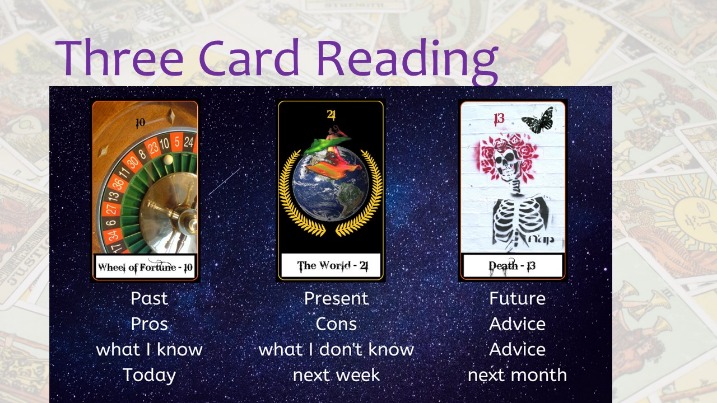Level Up Your Living Room: How Nintendo Switch, PS5, PS4, and Pokemon Cards Redefine Play
The modern entertainment landscape blends digital and physical play in ways that would have been impossible a decade ago. Hybrid consoles, cinematic experiences, and collectible card games coexist in the same households, fueling a culture where social connection matters as much as performance. From the compact versatility of the Nintendo Switch to the raw horsepower of the PS5 and the enduring library of the PS4, players have more ways than ever to engage. Meanwhile, the collectible boom around the Pokemon Trading Card Game and the thrill of opening a sealed Booster Box bring tactile excitement to the table. Together, these ecosystems create a cohesive, multi-generational gateway to fun, competition, and creativity.
Console Ecosystems Compared: Nintendo Switch, PS5, and PS4
The Nintendo Switch excels at hybrid flexibility. Dock it for big-screen multiplayer and undock for seamless handheld sessions. This design prioritizes accessibility and spontaneity—family parties can pivot from living-room showdowns in Mario Kart to quiet, on-the-go exploration in sprawling RPGs. The Switch’s first-party exclusives lean into inventive mechanics and cooperative gameplay that resonate with newcomers and veterans alike, making it a go-to system for households that value approachability without sacrificing depth.
The PS5 leans into premium, future-facing technology. Its ultra-fast SSD virtually eliminates loading screens, while ray-traced lighting and advanced haptics establish a cinematic standard. For players who crave blockbuster experiences, the PS5’s showcase titles deliver tight responsiveness and audiovisual flair. Its controller feedback provides tactile nuance—subtle clicks, pressure-sensitive triggers—that elevate immersion in action adventures and shooters. Beyond spectacle, the PS5 supports cross-gen access and expanded ecosystems, helping players transition libraries and communities forward without abandoning established favorites.
The PS4 remains a value powerhouse. Its catalog is vast, and many of its top-tier titles are available at budget-friendly prices. The PS4 also benefits from a massive online community, making it easy to find co-op partners and competitive lobbies. For households balancing costs, it’s a smart entry point into modern gaming, especially when paired with robust parental controls and digital sales. Its longevity proves that hardware lifespan matters less than the quality of the library and the community that keeps it alive.
Choosing among these consoles often comes down to use case. If mobility and sociable local play are priorities, the Nintendo Switch shines. If cutting-edge performance, 4K fidelity, and grand single-player campaigns are nonnegotiable, the PS5 leads. If budget, library depth, and multiplayer longevity weigh most, the PS4 still delivers. Many players blend them—Switch for shared, creative sessions; PS5 for high-end immersion; and PS4 for an expansive back catalog. This “tri-console” approach mirrors how people mix digital gaming with collectible hobbies, finding balance between spectacle, comfort, and community.
From Pull Rates to Playmats: The Appeal of Pokemon TCG and the Booster Box Experience
Opening a Booster Box is ritual and reveal. Thirty-six booster packs (in many standard configurations) become a journey of suspense, where each tear of foil might yield a chase card or vital staples for competitive decks. While “hit” distribution varies by set and printing, the box format typically provides a more predictable overview of a set’s range than random single packs, which is why many collectors and players opt for sealed boxes when exploring new releases. It’s a tactile complement to digital gaming: where a console offers immediate play, a Booster Box offers discovery and curation.
The Pokemon Trading Card Game thrives because it embraces both worlds—collecting and competition. Cards carry nostalgic character art and intricate foil treatments, yet they also serve strategic roles in decks. Set rotations keep metas fresh, while evergreen formats allow beloved cards to remain relevant. Casual players enjoy theme decks and simplified formats, while tournament aspirants chase consistent engines, meta counters, and efficient prize mapping. Whether the goal is binder curation or weekend league victories, the hobby rewards planning: tracking set lists, understanding card synergies, and budgeting for singles versus sealed product.
Preservation matters. Keep packs and boxes in a cool, dry environment, and consider sleeves, toploaders, and semi-rigids for high-value hits. For sealed collectors, verified authenticity—factory seals, case provenance, and trusted retailer sourcing—is essential. For players, the calculus shifts: singles might offer better value for targeted deck-building than chasing specific pulls. Yet there’s undeniable joy in shared unboxings, where friends gather, compare art, and trade playsets to finalize lists for weekend matches. Specialist retailers that stock both sealed product and consoles streamline the hobby. In Australia, shops that curate Video Games, trading cards, and accessories make it easier to align a gaming setup with a collector’s goals, whether that’s completing a set or building a deck around a beloved Legendary.
As with consoles, the TCG ecosystem rewards clarity of intent. If the aim is appreciation and display, sealed cases or graded ultras might be appealing. If the goal is competition, prioritize stable engines, efficient draw, and meta counters over aesthetics. The healthiest approach blends both: celebrate art, protect staples, and play often. That balance echoes how players mix PS5 spectacle, PS4 library depth, and Nintendo Switch spontaneity—each fulfills a different need while enriching the whole.
Real-World Play: Case Studies in Hybrid Entertainment
Consider a family that splits weeknights between consoles and cards. On school nights, the Nintendo Switch projects intuitive party games—no steep learning curves, instant laughter, and easy controller sharing. After dinner, a couple of Pokemon matches on the kitchen table shift the mood to strategy and conversation. On weekends, the PS5’s blockbuster storytelling delivers cinematic immersion, complete with haptic rumbles that impress even non-gamers. This rotating routine keeps screens social, introduces tactile play, and builds shared rituals across ages.
A college esports club offers another snapshot. Their practice room runs PS5 setups for high-frame-rate competitive titles and legacy PS4 stations for training on classic fighters. Between scrims, members unwind by opening a Booster Box together, trading duplicates and theorycrafting decks for the next local TCG tournament. The mix of digital reflexes and analog strategy broadens their community—players who join for console competition often stay for the card nights, and vice versa. The club’s leadership uses seasonal goals—qualify for a regional bracket, host a campus tournament, complete a set binder—to keep momentum steady without burnout.
Local game stores are the glue. A well-run shop blends console demo stations with TCG events, facilitating walk-in discovery. A parent might test-drive a PS4 co-op title with a child while picking up sleeves, then sign up for a beginner-friendly league. Newcomers learn best practices—how to read card text, when to mulligan, how to pace a match—just as easily as they learn controller layouts and accessibility settings. The store’s calendar reinforces repeat engagement: set-release parties, midnight console launches, and themed tournaments create a rhythm that anchors community life.
Budgeting and longevity are practical pillars in these examples. Bundles that pair a console with a family-friendly library ensure immediate value, while sealed TCG purchases are balanced with singles that complete decks efficiently. Players protect their investments with careful storage—console ventilation, surge protection, card binders—and by choosing titles and sets with staying power. Most importantly, they structure playtime with intention. A planned Switch night, a focused PS5 story session, and a Sunday Pokemon league become meaningful traditions. By blending tactile collecting with digital adventures, households and clubs cultivate resilient, inclusive communities—ones that cherish the portability of the Nintendo Switch, the fidelity of the PS5, the library strength of the PS4, and the thrill of cracking a fresh Booster Box.



Leave a Reply